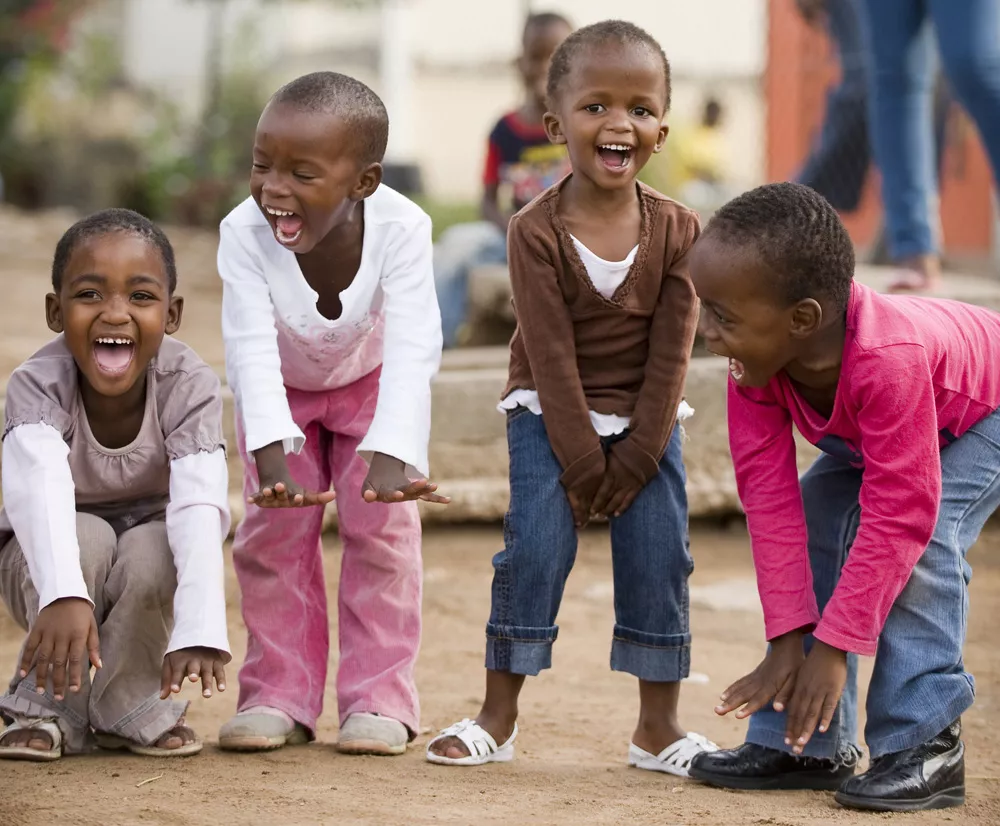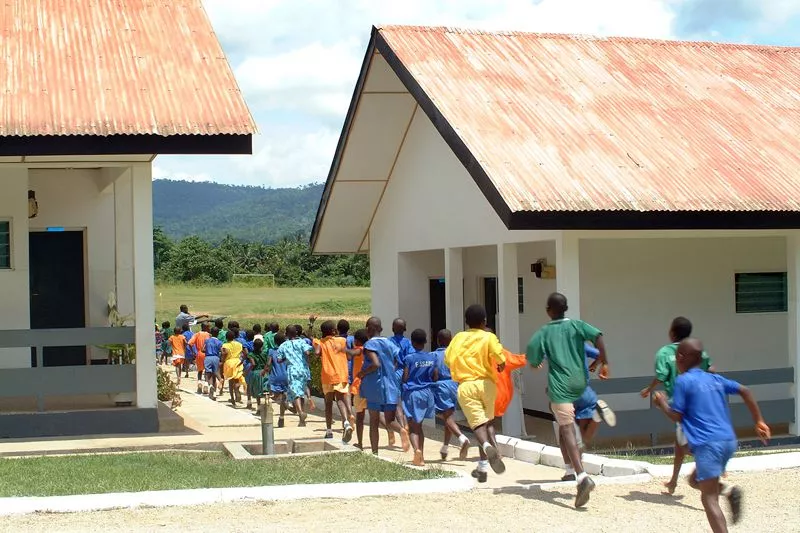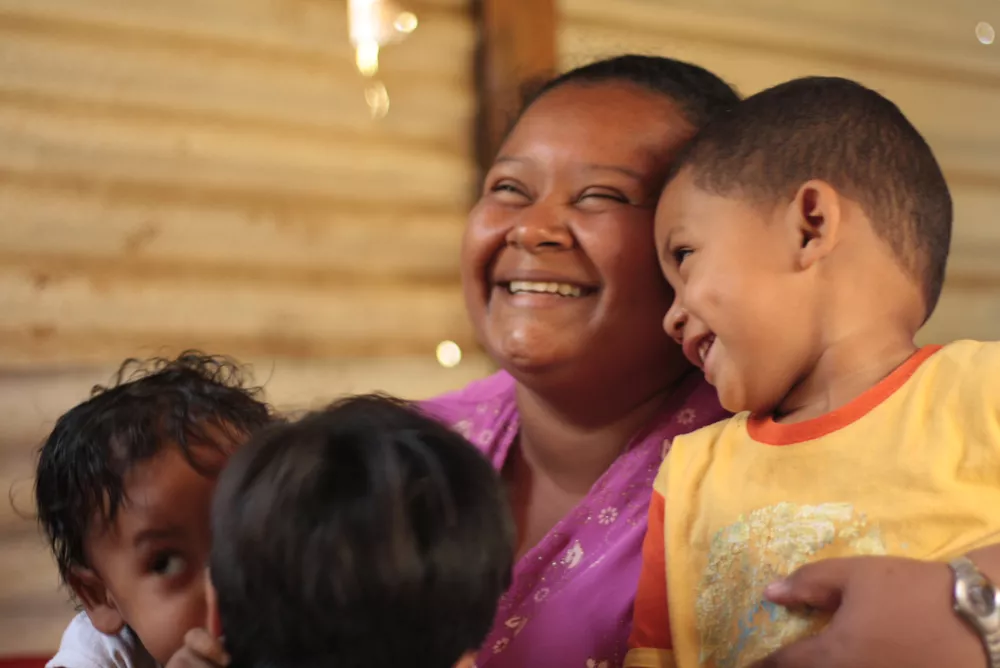SOS Children's Villages
Through its villages, SOS Children's Villages offers children who have lost parental care a place where they can be a child again: to play, laugh, learn, make friends, and do everything a child should do.
Around the world, SOS Children's Villages provides loving homes for children and young people without parental care.
SOS Children's Villages creates a nurturing, loving, and secure family environment where children’s needs for food, health, shelter, and education are fully met. In more than 130 countries, SOS Children's Villages offers children:
- A caring mother: SOS mothers are compassionate, well-trained local women who provide long-term care, love, and guidance for five to ten children, ensuring they grow up in a stable and supportive environment.
- Brothers and sisters: Children of different ages grow up together, fostering strong sibling bonds. Biological siblings stay together, helping them build deep, lasting relationships.
- A safe home: Each SOS family enjoys the comfort and security of their own home. Children are encouraged to embrace their culture and religion, enabling them to explore their unique talents and interests.
- A supportive village: Each SOS Children’s Village consists of 10 to 15 houses, creating a warm and stable community where children and families thrive together.
Since our founding, we have pioneered family-based child care, ensuring that every child receives the love, security, and opportunities they need to grow and thrive all the way to independence.


A typical Children’s Village has 10-15 homes and often includes a nursery school, a primary school, a medical centre or a social centre, all of which are open to the local community.
When young people are ready to transition from the Village, they move into SOS Youth Facilities, where they continue receiving support and guidance until they are fully prepared to embark on an independent and successful life.
SOS Children’s Villages are worldwide leaders in alternative care. SOS Children’s Villages was one of the leading organizations supporting the development of the Guidelines for the Alternative Care of Children, which the United Nations formally adopted as a framework for its work.

